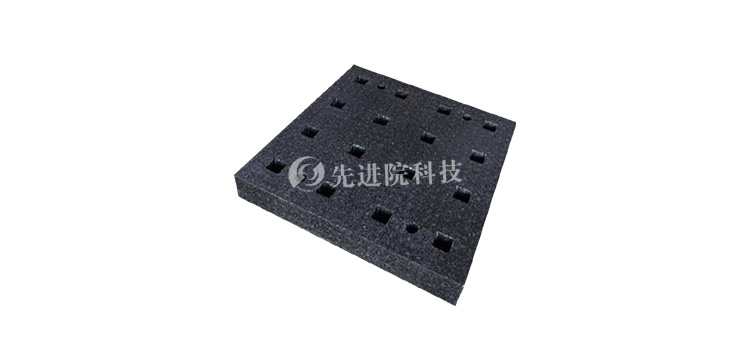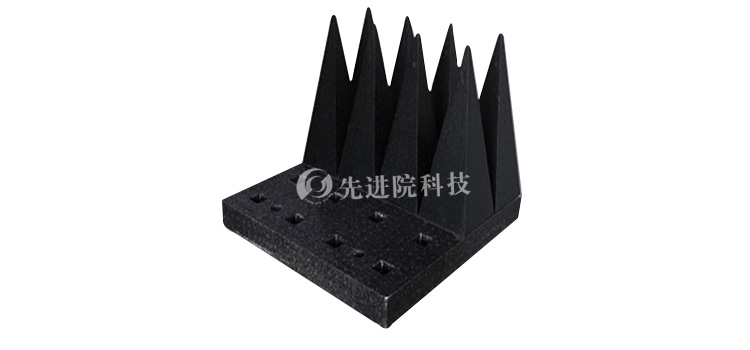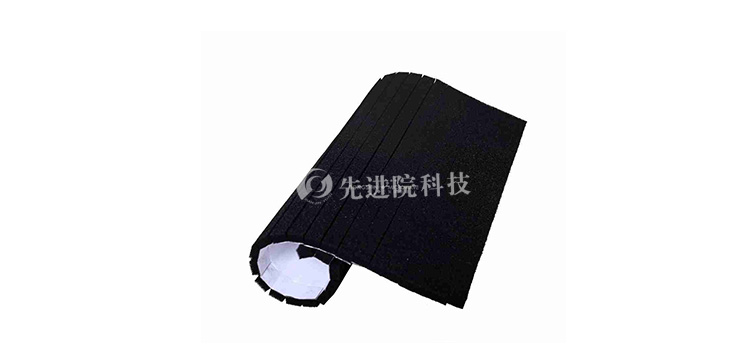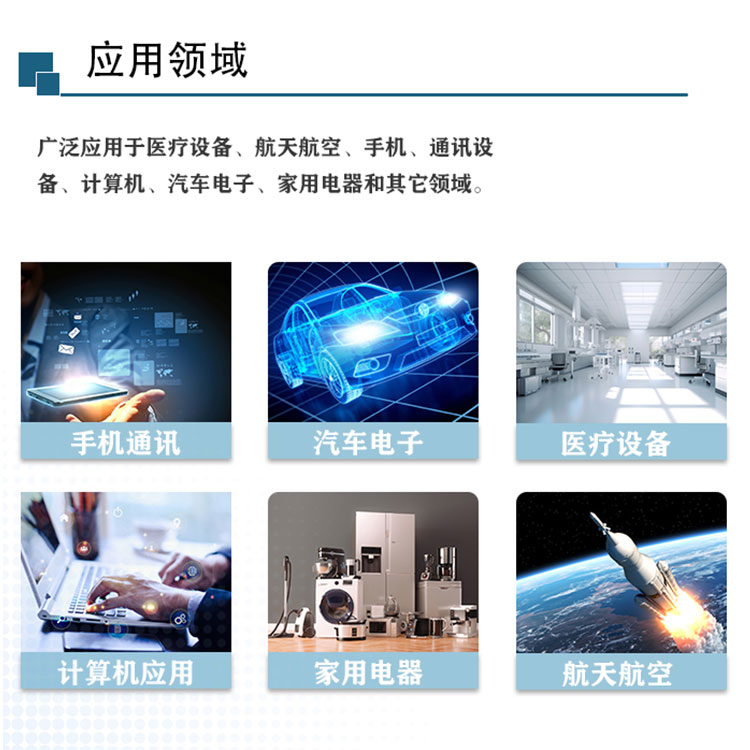The working principle of electromagnetic protection wave absorbing foam is to absorb the energy of electromagnetic wave through the dielectric loss and magnetic loss inside the material and convert it into heat energy. When the electromagnetic wave enters the foam material, the dielectric polarization and hysteresis effect inside the material will lead to energy loss, thus reducing the energy reflected back to the source. In addition, the porous structure of foam can also help disperse and attenuate incident electromagnetic waves.
Material characteristics
Electromagnetic protection absorbing foam usually has the following characteristics:
- Lightweight: foam structure itself is very light, which helps to reduce the weight of the structure.
- Flexibility: foam materials usually have certain flexibility and elasticity, and can adapt to surfaces of different shapes.
- Broadband absorption: capable of absorbing electromagnetic waves over a wide frequency range, suitable for multiple frequency bands.
- Environmental adaptability: able to maintain good absorption performance under different environmental conditions.

Main components
Electromagnetic protection absorbing foam usually consists of the following components:
- Matrix material: as a support structure, it is usually polyurethane (PU), polyethylene (PE), polypropylene (PP) and other polymer foam.
- Filler materials: fillers used to enhance absorption performance, including dielectric fillers (such as carbon black, carbon nanotubes, graphene, etc.) and magnetic fillers (such as ferrite, carbonyl iron powder, etc.).
- Adhesive: Used to tightly bond the above components together to form a material with a certain mechanical strength.
Preparation Method
Electromagnetic protection absorbing foam can be prepared by various methods:
- Foaming method: Mix the absorbing filler with the matrix material and foam it into shape using chemical or physical foaming agents.
- Coating method: Coating absorbing material on the surface of the substrate material and forming an absorbing layer by heating and curing.
- Composite method: Composite foam is formed by combining multiple layers of materials with different functions.
- 3D printing: use advanced 3D printing technology to build wave absorbing foam layer by layer according to the design model.

application area
Electromagnetic protection absorbing foam is widely used in many fields, including but not limited to:
- Military and Defense: Used for stealth technology to reduce radar cross section (RCS) and improve the stealth performance of aircraft, missiles, etc.
- Aerospace: Reduce electromagnetic reflection and improve electromagnetic compatibility in equipment such as satellites and airplanes.
- Communication equipment: Reduce electromagnetic interference (EMI) and improve signal quality, especially in wireless communication systems.
- Electronic devices: Used in consumer electronic devices to reduce interference between internal components.
- Medical equipment: Reduce the impact of electromagnetic noise on sensitive medical equipment.
- Laboratory testing: used to establish electromagnetic shielding rooms or testing darkrooms, providing a non reflective electromagnetic environment.










